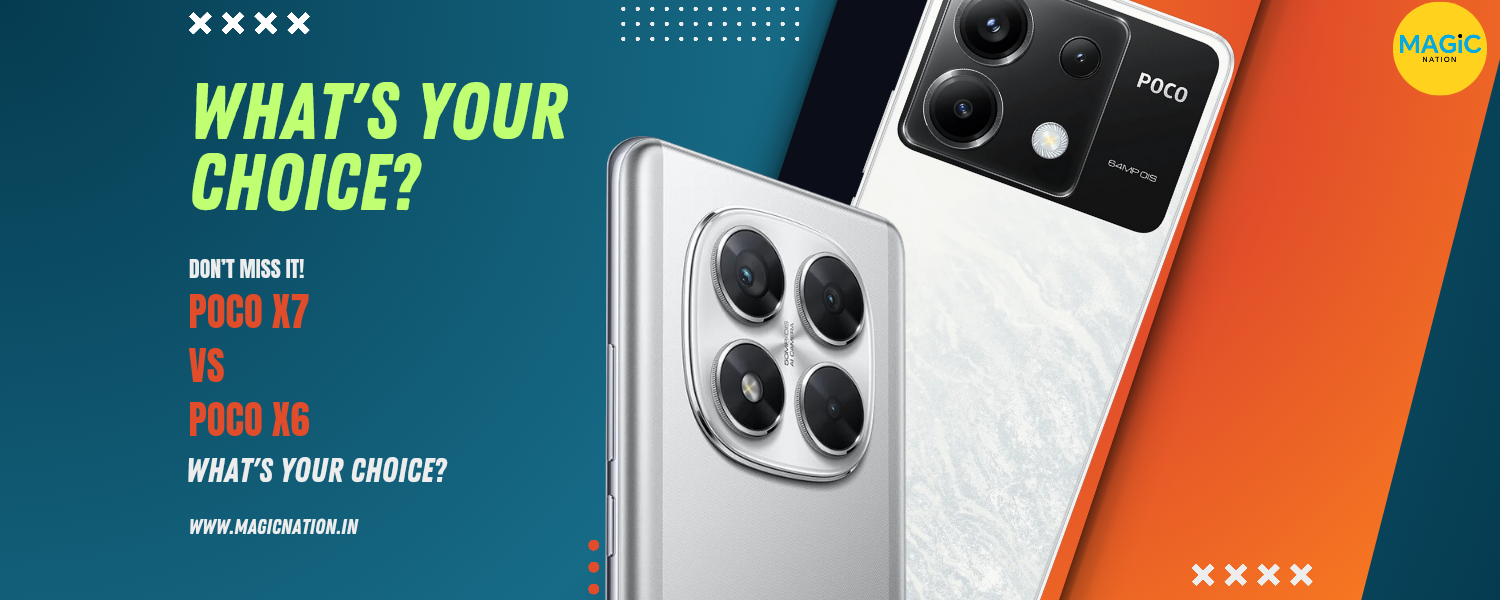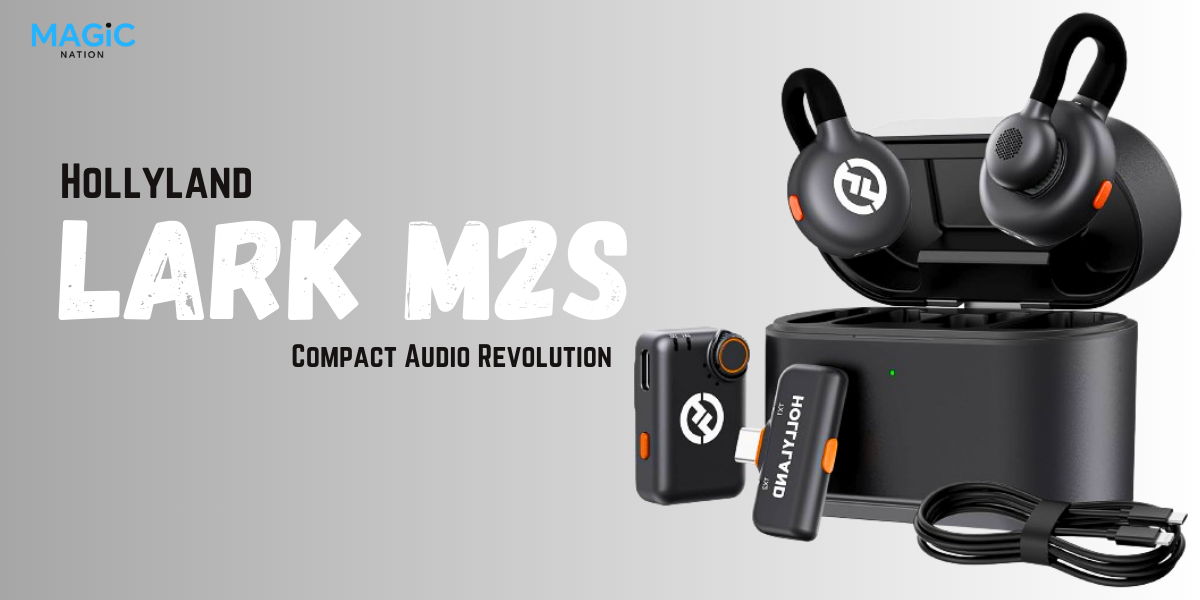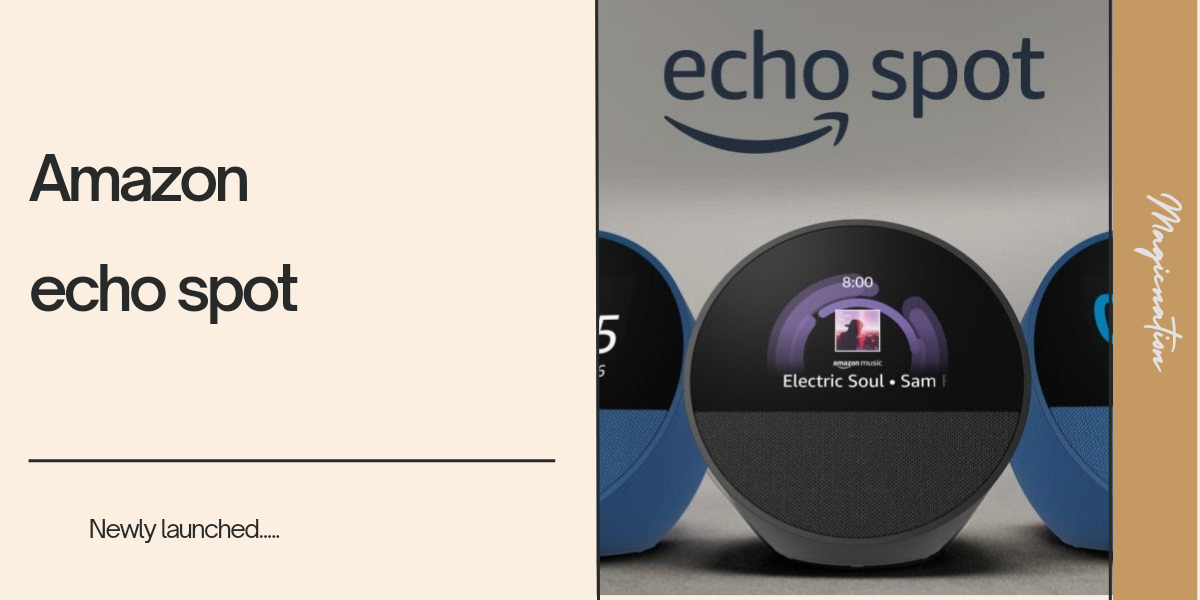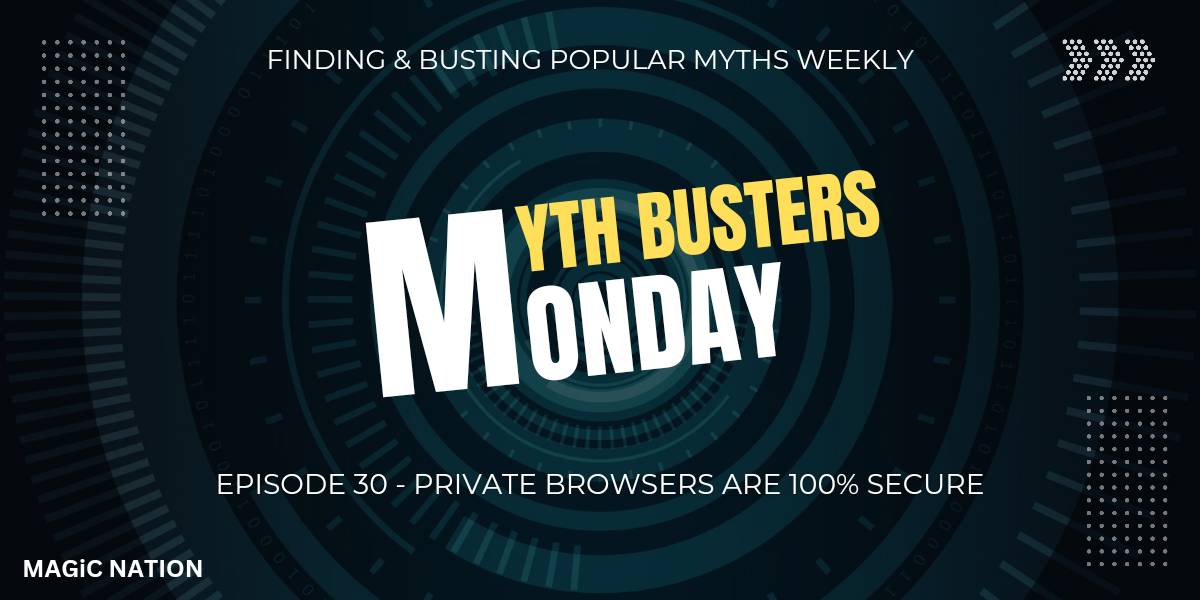I hope you all are doing well and having great fun.
I'm Rajveer Singh and as a Core listener of Hip-Hop, Today i'll be sharing a thread about Indian Hip-Hop with you

Indian Hip-Hop represents a fascinating intersection of tradition and modernity blending the rhythmic cadences of ancient Indian music with the cutting-edge technology of contemporary music production.INTRODUCTION
In this thread, we'll explore how Indian Hip-Hop artists are harnessing traditional sounds and infusing them with modern beats, creating a unique musical landscape that resonates with audiences both locally and globally.

Indian Hip-Hop traces its roots back to the late 1980s and early 1990s when the genre began to emerge in urban centers like Mumbai, Delhi, and Kolkata.ROOTS OF INDIAN HIP-HOP
Influenced by the global Hip-Hop movement originating in the United States, Indian artists began experimenting with rap, beatboxing, and graffiti, using these elements to express their own social, cultural, and political realities.
Some of the best rappers in India include Divine, Raftaar, Emiway Bantai, Ikka, Kr$na, Seedhe Maut, Raga and Bella.As for beat producers some names like Sez on the Beat, Karan Kanchan, Memax, Aakash and Stunnah Beatz are highly regarded in the Indian hip-hop scene.

One of the defining characteristics of Indian Hip-Hop is its incorporation of traditional Indian musical elements.FUSION OF TRADITIONAL SOUNDS
Artists draw inspiration from classical Indian music, folk melodies, and regional rhythms, infusing their tracks with sounds like the tabla, sitar, flute, and classical vocal styles.
This fusion creates a rich tapestry of sound that resonates with listeners familiar with Indian musical traditions while also appealing to international audiences.

While rooted in tradition, Indian Hip-Hop embraces modern production techniques and technology.Artists utilize digital audio workstations (DAWs), synthesizers, drum machines, and sampling to create beats and arrangements that are both innovative and accessible.MODERN PRODUCTION TECHNIQUES
The use of technology allows for experimentation with sound manipulation, layering, and effects, pushing the boundaries of what is possible in terms of musical expression.

Like its American counterpart, Indian Hip-Hop serves as a platform for social commentary and cultural critique.SOCIAL COMMENTARY AND IDENTITY
Artists use their lyrics to address issues such as inequality, corruption, urbanization, and cultural identity, providing a voice for marginalized communities and challenging the status quo.
Through their music Indian Hip-Hop artists are able to engage with pressing social issues and spark important conversations among listeners.

India's vast cultural diversity is reflected in its Hip-Hop scene with artists from different regions incorporating their own unique musical traditions and languages into their work.REGIONAL DIVERSITY
From the Punjabi rap of artists like Bohemia, Sidhu Moose Wala, Karan Aujla to the Tamil Hip-Hop like HipHop Tamizha ( Adhi ) and Yogi B Indian Hip-Hop encompasses a wide range of regional styles and influences, celebrating the country's linguistic and cultural diversity.

Indian Hip-Hop has begun to gain recognition on the global stage with artists collaborating with international acts and performing at major music festivals worldwide.GLOBAL INFLUENCE AND COLLABORATION
These collaborations not only expose Indian Hip-Hop to new audiences but also contribute to the cross-pollination of musical styles and ideas.
Through collaboration Indian artists are able to showcase the richness and diversity of their musical heritage while also staying relevant in the global music scene.

Despite its growing popularity, Indian Hip-Hop still faces challenges, including limited mainstream acceptance, lack of infrastructure, and censorship.CHALLENGES AND OPPORTUNITIES
However the rise of streaming platforms ( Spotify and Apple Music ), social media Instagram Reels and YouTube Shorts ) and independent labels ( Gully Gang, kalamkar, Bantai Records and Def Jam India ) has provided new opportunities for artists to reach audiences directly and bypass traditional gatekeepers.
As the genre continues to evolve Indian Hip-Hop has the potential to become a powerful force for cultural expression and social change.

Indian Hip-Hop represents a dynamic fusion of tradition and innovation, blending the sounds of ancient India with the tools of modern technology to create music that is both timeless and cutting-edge.CONCLUSION
As artists continue to push the boundaries of the genre and explore new avenues of expression, Indian Hip-Hop will undoubtedly play an increasingly important role in shaping the cultural landscape of India and beyond.
If I tell you about my favorites they would be Seedhe Maut, Emiway Bantai and Shez on the Beat & Karan Kanchan as Beat Producers.
Do your share your favourite Rapper and Beat Producer in INDIA
I hope you like this thread,See you later in the next thread.
Until Then,
Merci Au Revoir
Rajveer Singh










